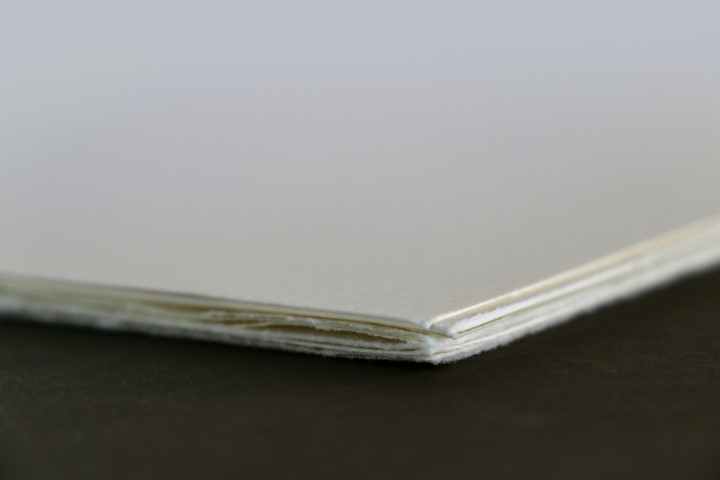Surface Treatment Procedures
The most successful surface treatment procedures are based on a high voltage discharge in the air.
By increasing the material’s surface energy, the treatment can increase wettability and greatly impact adhesive properties by producing bonding sites. The low wettability of these polymers, on the other hand, creates a problem for the designer when it comes to bonding or decorating these materials.
The different procedures are:
High voltage discharge Application
The existence of a high voltage discharge in an air gap is used to push the free electrons (present in the air) to accelerate and ionize the gas.
When an electric discharge is intense, high-velocity electrons will collide with gas molecules with no loss of momentum, resulting in electron avalanching.
When plastic is put in the discharge path, the electrons produced in the discharge strike the surface with energy that is around three times higher than those required to break the molecular bonds on most substrates’ surfaces, as a result, highly reactive free radicals are produced.
In the presence of oxygen, these free radicals can react quickly to create numerous chemical functional groups on the substrate surface.
This oxidation reaction’s functional groups are most effective not only in increasing surface energy but also help improve chemical bonding to the resin matrix.
Carbonyl (-C=O-) is one of them.
Other groups are HOOC-, HOO-, and HO- carboxyl, hydroperoxide, and hydroxyl.
However, the surface features of the material are changed by high voltage discharge treatment, which does not affect the material’s bulk properties.
Three-dimensional electrical surface treatment (EST) technology
It is based on an air-based high-voltage and high-frequency discharge.
Three-dimensional objects are transferred between two electrodes in a discharge zone.
The discharge may be constant in a huge space between them by producing a significant potential difference between the electrodes.
One of the conditions for successful treatment is a high applied voltage.
High-efficiency energy transmission from the power source to the discharge zone is required to treat different parts moving at high speeds.
The lower the power required to accomplish a certain treatment level, the higher the frequency.
As electrons fluctuate in the space between the electrodes at frequencies of 15-25 kHz, great efficiency energy transfer is achieved.

Application of EST Technology
EST technology has been used to treat the following materials effectively:
Plexiglas (PMMA) Polyethylene (PE)
Teflon (PP) Polypropylene (PTFE)
Polycarbonate (PC)
Polystyrene (PS)
Polyurethane (PUR)
ABS
EPDM (rubber)
Uniform treatment of surfaces
By maintaining a potential difference between electrodes of up to 80 kV at frequencies between 15 and 25 kHz, the EST technology completes a consistent treatment of surfaces of three-dimensional objects on high-speed lines.
Things with cross-sections as large as 4 inches (100 mm) can be treated online as they go through a treatment chamber under these circumstances.
Their shelf life
Pre-treated materials have roughly a shelf life ranging from hours to years, depending on several factors, including plastic, its composition, how it was treated, and if it was exposed to high temperatures after treatment.
However, the most significant element here is material purity. Low molecular weight components such as anti-lock agents, mold release, antistatics, and other antistatics reduce shelf life.
These components eventually migrate to the surface of clean polymers. As a result, printing or bonding to the material quickly after the treatment is suggested. The connection becomes permanent after the treated surface is interfaced with a coating, ink, glue, or another substance.
Get more more knowlegde on the different plasma treatment procedures.